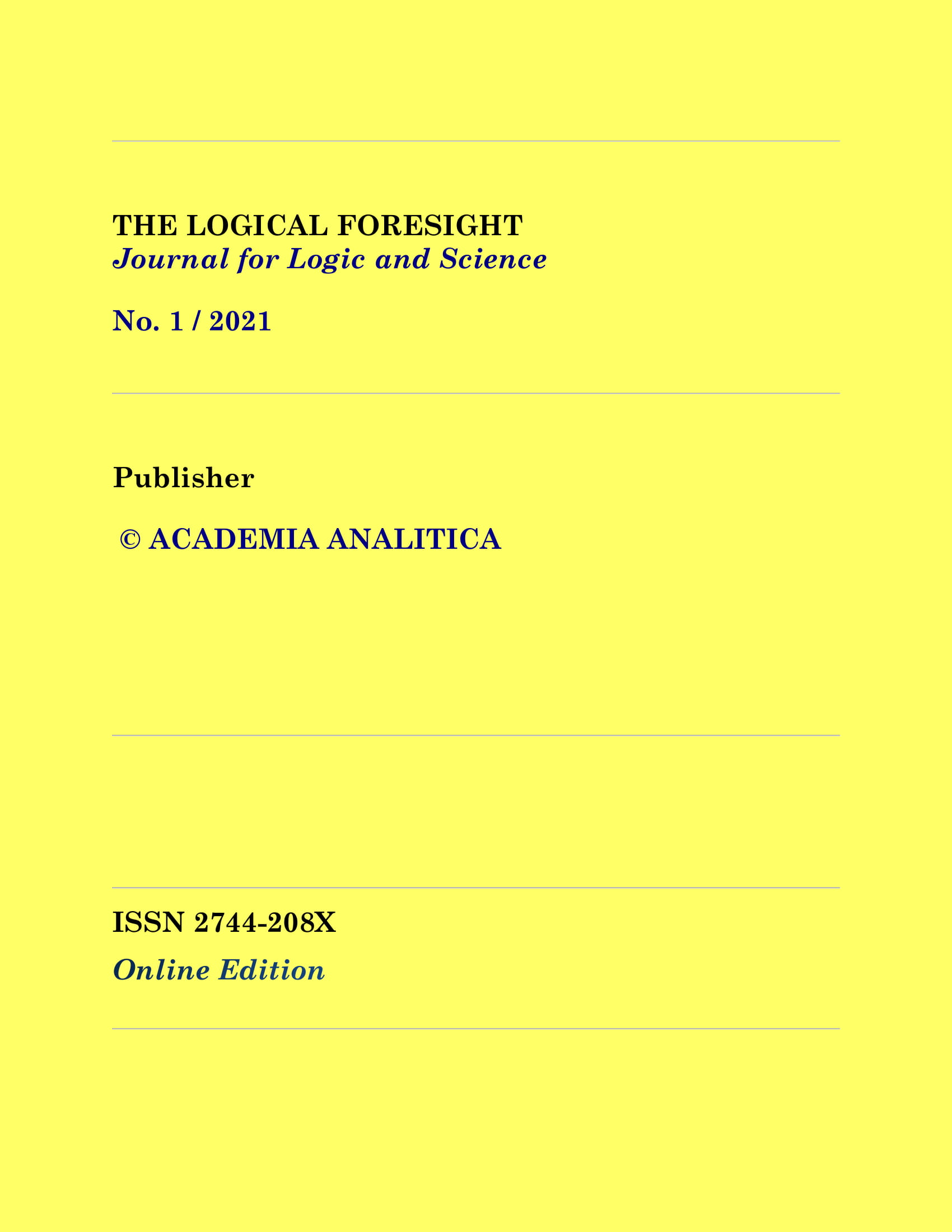Liminality as an Autopoietic Process within Spatial Identity
Liminality as an Autopoietic Process within Spatial Identity
Author(s): Katarina BošnjakSubject(s): Language and Literature Studies, Architecture, Aesthetics, Rural and urban sociology, Sociology of Culture, Sociology of Art
Published by: ACADEMIA ANALITICA – Društvo za razvoj logike i analitičke filozofije u Bosni i Hercegovini; Univerzitet u Sarajevu – Filozofski fakultet
Keywords: autopoiesis; spatial identity; liminality; Niklas Luhmann; place;
Summary/Abstract: Spatial identity surpasses geographical boundaries of a certain space, and denotes not only physical characteristics of space, but its meaning to people that use it, as well as their intercommunication, which produces new social and spatial meaning. Unless there is an abrupt change in social structure or formal/functional transformation of (un)built environment, we perceive spatial identity as something almost permanent. However, it is in a constant state of change, existing in a present state that relies on our past experiences and contains projections of our future, maintained through constant background processes of disorganization and concomitant organization – in other words, identity is in the state of (perpetual) liminality. Liminality is the product, as well as the initiator of autopoietic processes within identity, which leads to the main premise of this article – (spatial) identity is an autopoietic system. This is analyzed through three chosen aspects of place attachment: ritual, memory and architecture.
Journal: The Logical Foresight – Journal For Logic and Science
- Issue Year: 1/2021
- Issue No: 1
- Page Range: 28-41
- Page Count: 14
- Language: English

